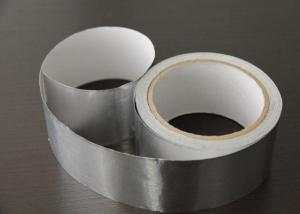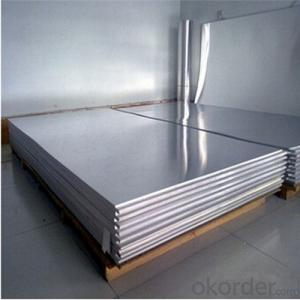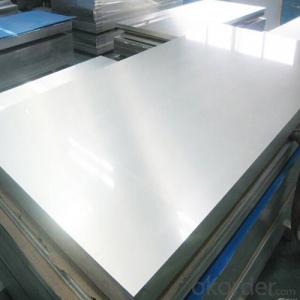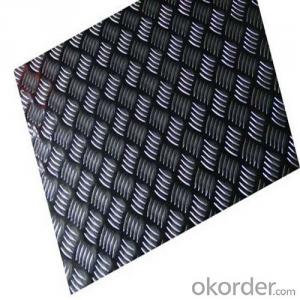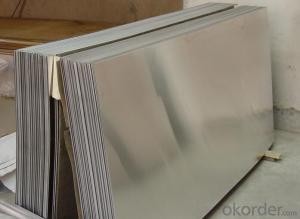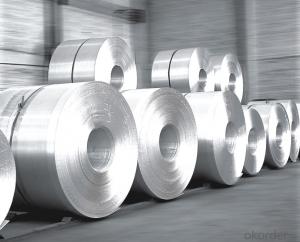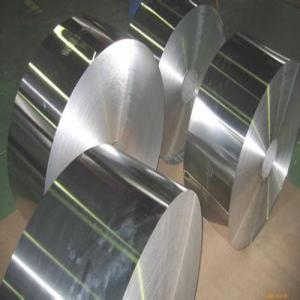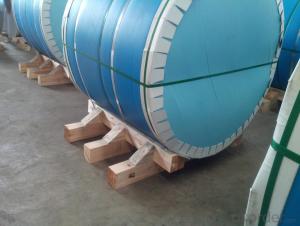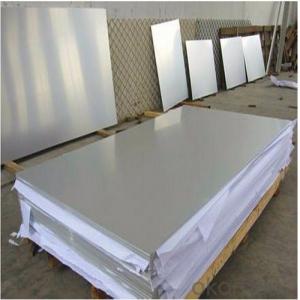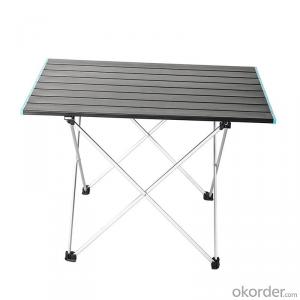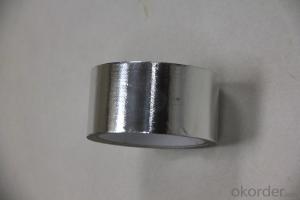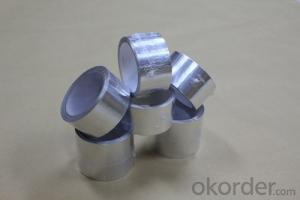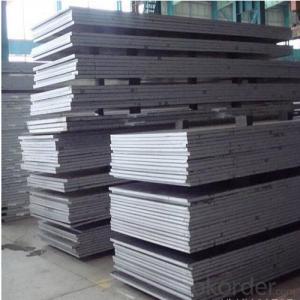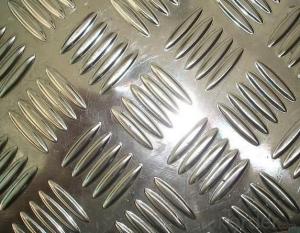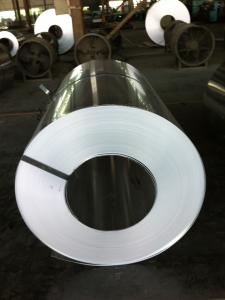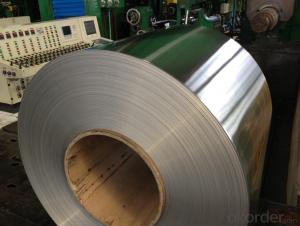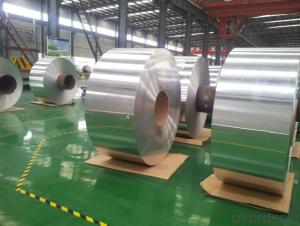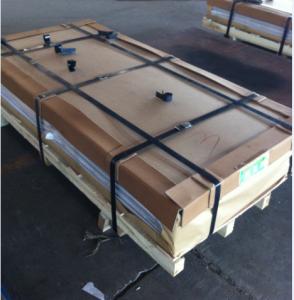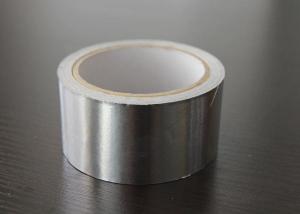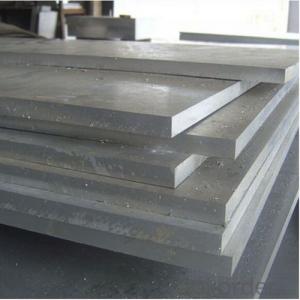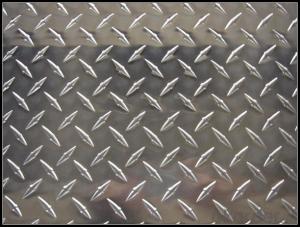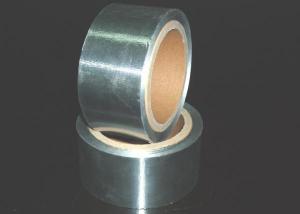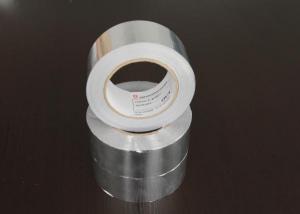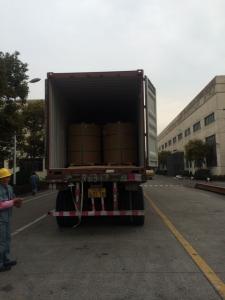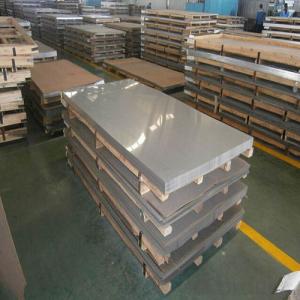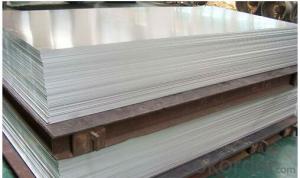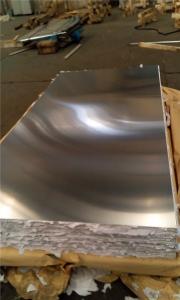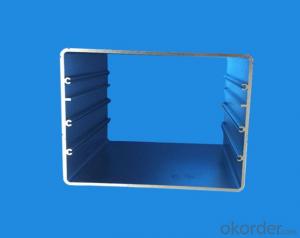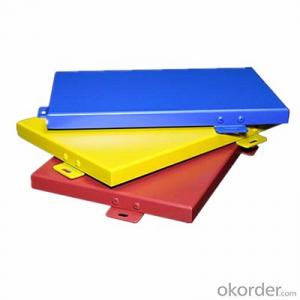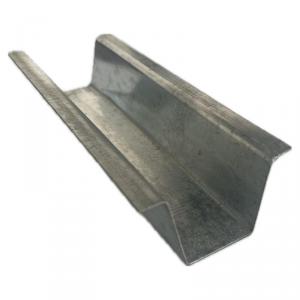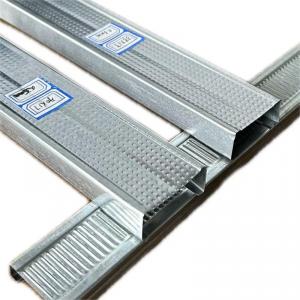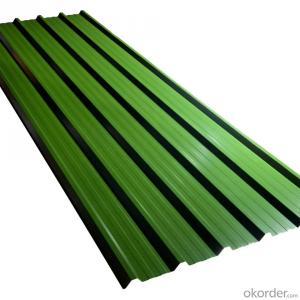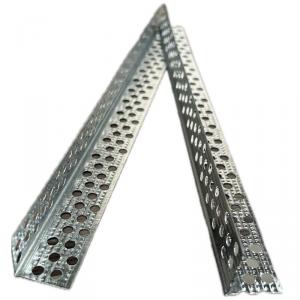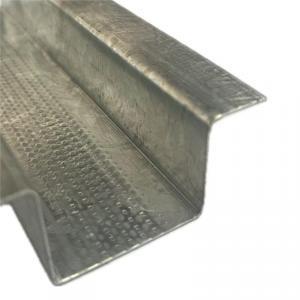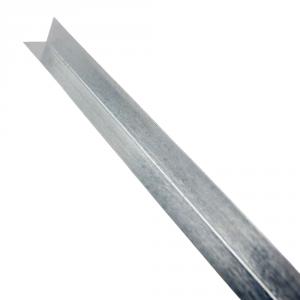2219 T851 Aluminum Plate
2219 T851 Aluminum Plate Related Searches
2219-T851 Aluminum Plate 2219 Aluminum Plate 2124-T851 Aluminum Plate 2024 T851 Aluminum Plate Aluminum T Plate 7075 T7351 Aluminum Plate 7075-T7351 Aluminum Plate T5mm Aluminum Plate 2124 Aluminum Plate 7050 T7451 Aluminum Plate 5086 Aluminum Plate 7085 Aluminum Plate T Slot Aluminum Plate 2618 Aluminum Plate Aluminum Tlc Plate 2mm Aluminum Plate Extruded Aluminum T Slot Plate Thick Aluminum Plate Plasma Cut Aluminum Plate Aluminum T Slot Plate 2 Thick Aluminum Plate T6 Aluminum Plate Laser Cut Aluminum Plate Polished Aluminum Plate T6061 Aluminum Plate Thin Aluminum Plate 1 2 Thick Aluminum Plate 5454 Aluminum Plate Aluminum Tool Plate 1 2 Aluminum Plate2219 T851 Aluminum Plate Supplier & Manufacturer from China
The 2219 T851 Aluminum Plate is a high-strength aluminum alloy plate known for its excellent mechanical properties and corrosion resistance. This type of aluminum plate is widely used in various industries, including aerospace, automotive, and construction, due to its strength and durability. The 2219 T851 Aluminum Plate is particularly favored for its ability to withstand high temperatures and maintain structural integrity under stress, making it an ideal choice for applications where performance and reliability are critical.The 2219 T851 Aluminum Plate is utilized in a range of applications such as aircraft structures, rocket components, and high-pressure vessels, where its strength and resistance to corrosion are paramount. The alloy's unique combination of properties also makes it suitable for use in cryogenic applications and in environments where resistance to stress corrosion cracking is essential. This versatility has positioned the 2219 T851 Aluminum Plate as a preferred material for demanding industrial applications.
Okorder.com is a leading wholesale supplier of the 2219 T851 Aluminum Plate, offering a vast inventory to meet the diverse needs of customers. With a commitment to quality and customer satisfaction, Okorder.com ensures that the 2219 T851 Aluminum Plate is available in various sizes and specifications to cater to the specific requirements of different industries. By maintaining a large inventory, Okorder.com is able to provide prompt delivery and competitive pricing, making it a reliable source for this high-performance aluminum plate.
Hot Products

